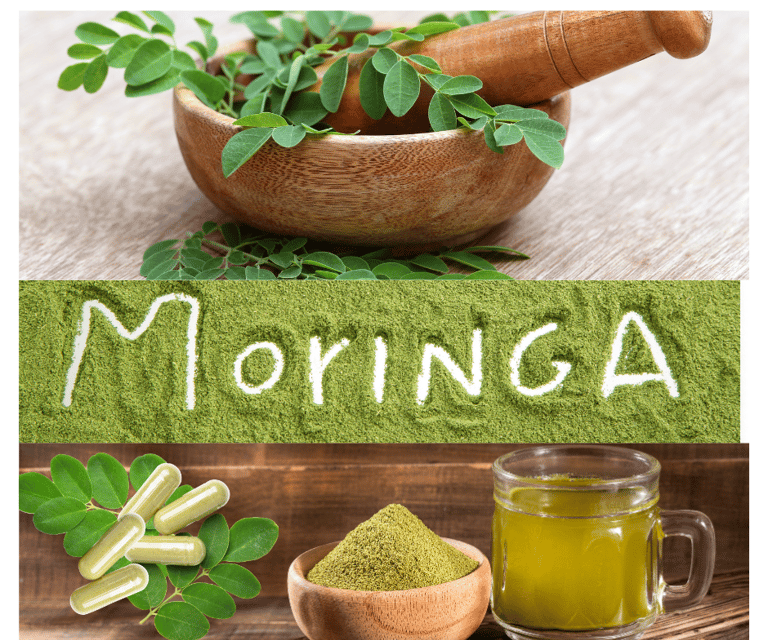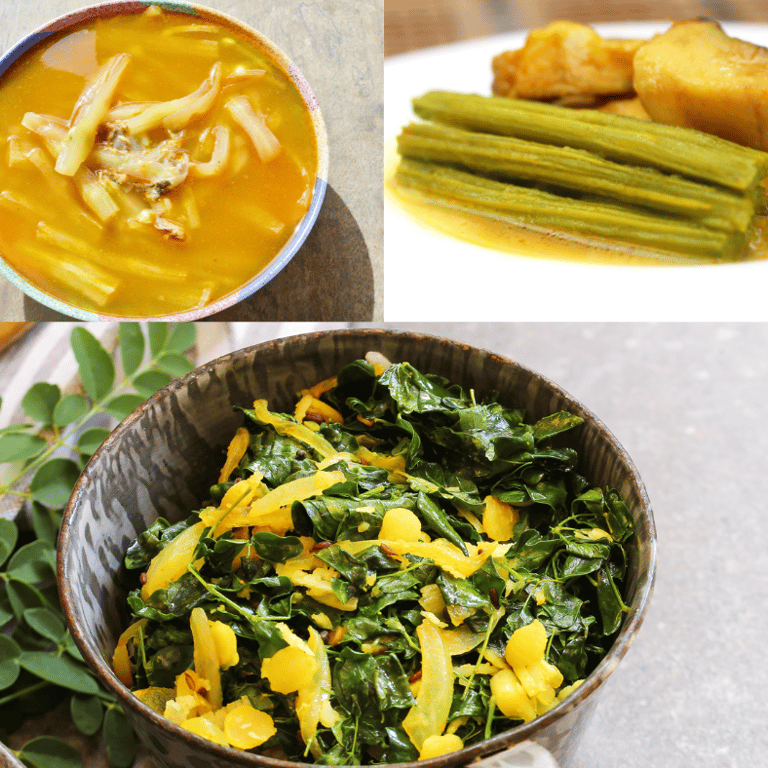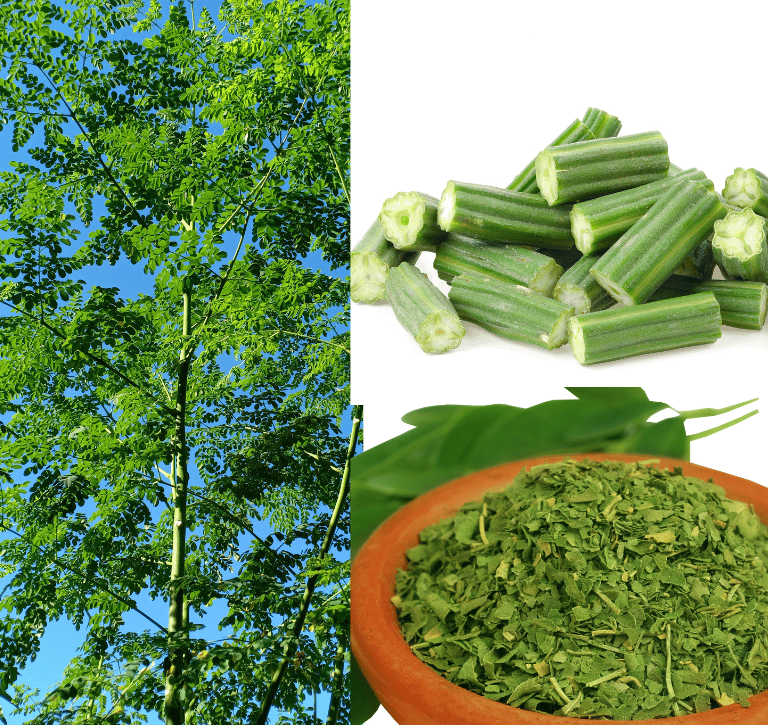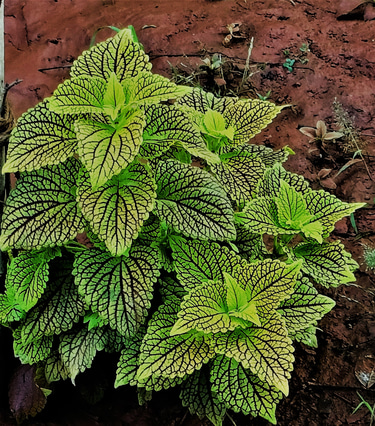Cultivation of Moringa, The Drum Stick Plant
Moringa in the back yard to produce nutritious and flavorful vegetable for domestic consumption or may be a part of commercial cultivation when grown in large scale. It can be grown without much care and resources. It plays a crucial role in human diet, either as vegetable or traditional medicine or commercial pharma productions.
VEGETABLE CROPS
6/5/20246 min read


CULTIVATION OF MORINGA: The Drum Stick Plant
The word 'Moringa' apparently originated from Tamil word 'murungai', means 'Distorted pods' or 'Twisted pod'. Moringa is a medium sized tree with scientific name Moringa oleifera Lam, of the family Moringaceae. Tender pods of Moringa are consumed as vegetables, where as leaves, seeds and barks are reported to have plenty of nutraceutical and pharmaceutical importance. Moringa has been considered as important plant to mitigate the effect of climate change. As per some Japanese study, moringa can absorb 20 times more CO2 than a normal vegetation. Thus FAO is emphasizing moringa to be part of Argo-forestry. It is gaining importance as inter and alley crop in countries like India, Indonesia, Nigeria, Ethiopia and others. Some reports have shown that cultivation of Moringa have contributed in reclamation of acidic soil.
Moringa is a deciduous tree, grows to a height of 20-30 ft. The tree is formed of soft wood, thick bark and fragile branches. Leaf and leaflets are pinnately arranged, whereas flowers are hermaphrodite. The tree is known for 3-valved, elongated, , non-dehiscent fruits and winged seeds.
Nutrition of Moringa
Moringa pods are rich source minerals, vitamins, antioxidants and other useful phyto-chemicals. Importance of leaves can not be ignored as they have considerable quantity of protein and fibers. As per the USDA data, 100 gm of moringa pods contain 8.53 g of carbohydrates, 2.1 g of protein, 3.2 gm of dietary fiber, 30mg of Calcium, 45 mg of Magnesium, 50 mg of phosphorous, 461 mg of Potassium, 141 mg of Vitamin C. Nutritional aspects of moringa leaves are slightly vary, as they contain 8.28 gm of carbohydrates, 9.4 gm of protein, 185 mg of calcium, 112 mg of Phosphorous, 337 mg of Potassium, 42 mg of Magnesium, 51.7 mg Vitamin C for 100 g of leaves( https://fdc.nal.usda.gov/fdc-app.html#/food-details/168416/nutrients)


Soil and Climate:
Moringa, being a semi-arid crop, can be grown in the areas of low to moderate annual precipitation ranging from 250 to 300mm. It grows well at the temperature 25–35 °C and can with stand temperature as high as 45 °C. Lower temperature and frost formation is harmful to moringa's growth and yield. Moringa is a hardy crop that sustain in areas of low soil fertility and water scarcity.
Moringa can be grown variety of soil, but thrive well in deep sandy loam soil.
Propagation:
Moringa can be propagated through seeds with a recommended seed rate of 500gm/ha. Seedlings raised in nursery by sowing in polythene bags and the same may be ready for transplanting with in 45-60 days. Seedling or saplings are transplanted in main field in pit dug at a dimension of 45 cubic centimeter, leaving the space 2-2.5 m. In cultivar like PKM-1 and PKM-2 space of 1 to 1.2 m may be provided to ensure high density planting. Not to forget to add 10 -15 kg of well decomposed FYM to the pits dug before planting to provide enough nutrition at early stages of growth and establishment.


Aftercare In Moringa Cultivation:
45:15:30 gm NPK/pit is the fertilizer dosage recommended in Moringa cultivation. The same may be given after one month of planting. It is also recommended to apply 60gm of N after 6 month, especially at flower bearing stage. 135: 23 :45 g of NPK/pit is recommended for high density planting. It is essential to pinch the terminal bud on the main stem when plant attains a height of 2-3 ft. It helps in producing profuse lateral branches and better yield and tree also remains at reachable height. Ratooning is yet another practice to increase yield and better quality pods, where trees are cut at the height of 3 to 4 ft annually, when tree ends fruiting season. This ensures production of new shoots and branches. Plant starts bearing fruits 5-6 month after ratooning. Enough fertilizers and manures are to be supplied for the success of ratooing.
Plant Protection In Moringa:
Pod fly, leaf webber, leaf caterpillar and bud worms are the main insect pest affecting Moringa plant.
Pod flies: Pod flies (Gitona distigma) are small brownish adults, whose wings are extended beyond their body, with spots at its distal margin. Cigar shaped eggs are laid either singly or in group on grooves of tender pods. On hatching, maggots enter the pods and start feeding inside. Infested pods shows gummy oozing and rot at later stages. Pod flies can be taken care of by soil application of 25 WG @ 200g a.i. / ha on 5th, 6th and 7th months of planting.
Bud worms (Noorda moringae): Here creamy white eggs are laid in clusters at buds and infested buds fail to blossom and fall prematurely. Thus reduce the pod yield and quality of pods.
Leaf Caterpillar (Noorda blitealis): Moths lay eggs in group on ventral surface of leaves. On hatching caterpillars start feeding on leaves to leave transparent patches on them.
Hairy Caterpillar(Eupterote mollifera): The adults lay whitish eggs in cluster on leaf and tender shoots. On hatching hairy caterpillars starts feeding on leaves, tender shoots and barks voraciously.
Bud worms and caterpillars are controlled by dusting with Carbaryl 10 D @ 25 kg/ha or spraying with Carbaryl 50 WP @ 2 g/l.
Diseases of moringa: Moringa occasionally suffers from some plant diseases like stem rot, root rot, fruit rot, stem canker, etc.
Varieties of Moringa:
There are quite a few annual and biennial varieties available for cultivation in moringa. PKM-1, PKM-2, KM-1, Dhanaraj are important among them.
PKM-1 : It is a an annual variety with longer pods of about 70-75 cm long. The pods are fleshy and delicious. Plants starts bearing flowers from 5-6 months of sowing and fruits are ready for harvest at 7-8th month. Plant produce fruits from March to August with annual production of average 220 fruits/tree.
PKM-2: This cultivar is a hybrid which can produce lengthier pods up to 120 cm and starts bearing fruits as early as 6 months from planting. Fruits are soft, delicious with less number of seeds. Plants annually bear average of 220 pods/tree with an yield of 90 tonnes per hectare.
KM-1: KM-1 is a shrubby type of variety, produces shorter fruits of length ranging from 25-30 cm. Tree bears as many as 400-500 pods/tree annually . It is also an annual variety and known for early bearing, from 6th month of planting.
Moringa for inter cropping:
Moringa, being complimentary crop, rather competitive, considered as best suited for inter or relay or mixed or nurse cropping. It requires less nutrient and resources, helps in conserving the soil from erosion at the same time. Trees add considerable quantity of biomass to soil in the form of leaves, thus to improve soil health. The trees tolerate extreme weather conditions and generate some income in the period of distress, even when other crops fails. Enough shade is provided to fellow crops, especially in early stages of commercial crops like coconut and arecanut, thus generates subsistence kind of income during waiting period. Drum stick plant may be part of inter-cropping in the field of Chilli, onion and groundnut.
Thus, Moringa can be a part of someones back yard to produce nutritious and flavorful vegetable for domestic consumption or may be a part of commercial cultivation when grown in large scale. Its importance as mixed cropping component is also well understood. It can be grown without much care and resources. Moringa plays a crucial role in human diet, either as vegetable or traditional medicine or commercial pharma productions. Growing of Moringa, the drum stick plant, looks promising and more profitable if value added.
Newsletter
Sign up for our newsletter and get notified about all new posted articles.
ADDRESS
House No. 2-113(P), Visnumurthynagar, Kelarkalabettu, Thenkanidiyuru, Udupi
cONTACT
7975809540
satishmqc362@gmail.com
